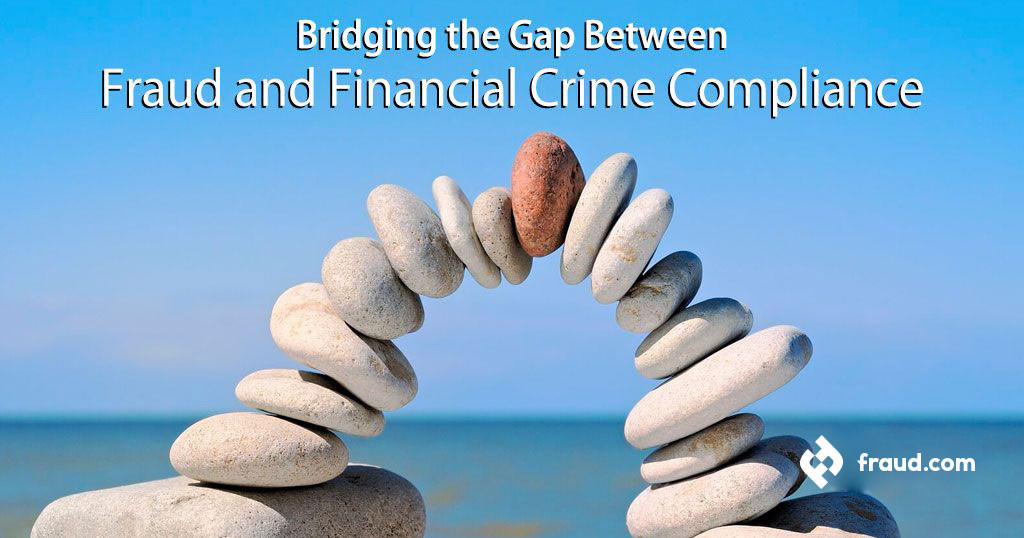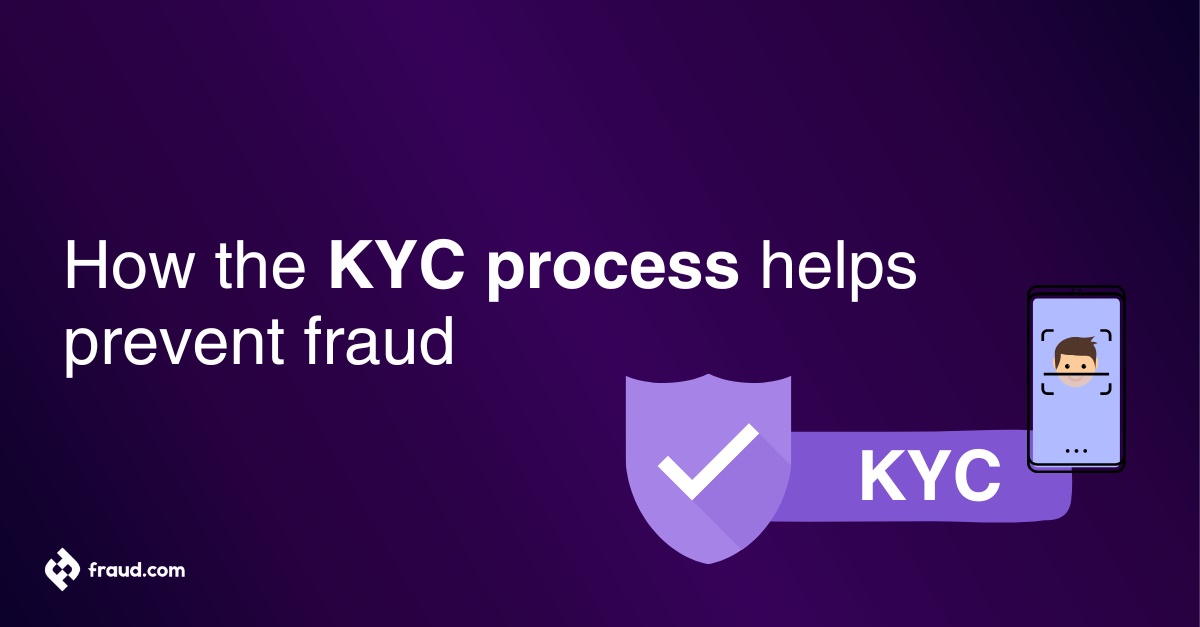▪ Fraud or dishonesty ▪ Misconduct in, or misuse of information relating to, a financial market ▪ Handling the proceeds of crime ▪ The financing of terrorism
The Association of Certified Fraud Examiners (ACFE) states that fraud can “encompass any crime for gain that uses deception as its principal modus operandus”. Fraud can be aimed at organisations, which occurs internally or externally, and at individuals. According to the FBI, some types of fraud include credit card fraud, investment fraud, internet fraud, mortgage scams, funeral fraud, and pyramid schemes. On the other hand, the International Compliance Association (ICA) indicates that the main types of financial crimes include fraud, electronic crime, terrorist financing, money laundering, and bribery and corruption. The banking industry has its hands full when it comes to battling criminals from illegally obtaining customer assets.
Fraud detection and prevention systems do not handle all types of fraud under one structure and each type of fraud is processed separately within each department. Take a case of credit card fraud for example, it may initially be discovered by the customer services department, however, they can only see one side of the story, the risk management department, investigations department and compliance department amongst others, in a bank may have certain views and details which not all the other departments may have. The steady enhancement and development of digital transformation and new banking channels have also led to an increase in fraud as there are more channels for fraudsters to infiltrate, which is a critical threat to the banking and finance industry as they fight not only against fraud but financial crime overall.
A KPMG Global Fraud Survey found 43% of respondents currently had no integration between fraud and financial crime compliance. In any organization, it is always best practice to align all- risk response strategies under an enterprise platform, a mission control for risk if you will. An article by FICO, the leader in enterprise management approach to financial crime, outlines the issues that embedding multiple-point solutions into core business systems. This creates a lack of visibility across all systems and also results in silos, as suggested by CISCO. The integration off different processes, people and solutions may help improve transparency and communication between segregated systems.
Banks and financial institutions are realizing adopting integration is not only a smart fraud management move but a great business one as well. A recent Chartis survey of global financial senior executives found 71% of respondents agreed that there is a compelling business case for integrating some or all of their anti-fraud and AML systems into a single technology environment. Beyond decreasing the risk of financial attacks and regulatory fines, integration of fraud and financial crime compliance can elevate operational efficiency across organisations. Similarly, as CISCO agrees, the fraud and compliance departments usually require much of the same information, if financial crime occurs they should take the appropriate action, however, without the full picture of fraud this becomes a challenge both from an investigation and cost perspective. Furthermore, if multiple systems are maintained, it also means that multiple teams are maintained each with non-transferrable skills.
3 Benefits of Integrated Systems
Banks which integrate fraud and financial crime activities under one roof will experience a multitude of benefits positively impacting all areas of the organisation. Three major benefits from this integration include breaking down internal silos, increasing cross-functional transparency, and costs savings. Let’s examine each of these benefits in further detail.
Break Down Silos
Integration is the ultimate nemesis of business silos, especially when it comes to a bank’s ability to prevent financial crime. A siloed banking organization is one where internal business units do not share information, goals, tools, priorities, and processes with other departments. A siloed approach to managing financial crimes makes it extremely difficult for banks to identify patterns of suspicious activities occurring across the organization. McKinsey & Company (2018) state that the most successful fraud analytics programs are designed to be Business-back and criminal-forward. Meaning that silos between fraud types, products and channels should be broken down by having a cross-enterprise and unified foundation for anti-fraud analytics and at the same time applying a criminal mindset to it. Fraud analytics should also be Intelligence-driven and Customer-focused; instead of creating models to investigate historical fraud threats, banks should build their defences based on “detailed up-to-the-minute understanding of the criminal environment”. All this has to be achieved while building a distinctive customer experience, which at the same time produces trust and convenience to accelerate insight into fraud.
Integrated fraud and financial crime risk management systems allow people and processes to react in real-time to internal and external threats across all banking sources. Technology equipped with artificial intelligence can strengthen this integration by identifying suspicious patterns occurring across multiple sources. This helps banks expose sophisticated criminal activity which under a siloed framework would go unnoticed. In today’s digital banking environment, a siloed approach to fraud and financial crime will only result in continued losses for organizations unwilling to adapt to modern threats, whether internal or external.
Establishes a Common Goal
A typical bank has fraud, investigations, compliance, AML, and risk management departments. The fraud team is principally responsible for fraud losses, the compliance team helps to fulfil all legislations, and the risk team identifies, reviews, assesses and controls risk. Integration of all systems under each department allows banks to establish a common goal for the organisation on an enterprise level and use the most effective resources to fight fraud. In a siloed approach, individual business units have different teams, processes, and systems which do not work in unison towards a common goal of battling financial crimes, from fraud to money laundering. An integrated risk management model will help establish an enterprise framework aligning the required resources to achieve a common goal.
A centralized approach for financial crime risk management helps connect the dots on suspicious behavioural patterns, leading to increased detection of illicit activities and the ability to address quickly before criminals can disappear into the shadows.
As KPMG has outlined ‘creating an integrated data warehouse supported by a master data repository will ensure data is captured only once and used consistently across the reporting chain’. This suggests that having data coming in from multiple sources managed separately may not very effective, whereas managing all data under one data stream can prevent conflicting data and enable the ‘single version of the truth’ design principle.
One way to successfully integrate financial risk management models is to focus on aligning people and processes towards achieving a common goal, then using technology to support this framework instead of using technology simply to fill in gaps in the framework. This “patchwork” approach will only lead to increased structural complexity, decreasing the efficiency of an integrated fraud and financial crime compliance structure.
Cost Savings
Possibly the most attractive benefit of an integrated fraud and financial crime model is cost savings. A Chartis survey reported recent discussions with banking leaders found integration of multiple risks and compliance functions can deliver estimated cost savings between 20% and 30%. The survey states these cost savings are the result of a combination of system and process rationalization, creating a centralized data platform that reduces the cost of ownership for any one system. Integrated systems spread costs across business divisions and make data management easier, a win-win for banks and financial institutions.
An integrated fraud and financial crime risk management model can also help lower workforce- related costs. A centralised financial crime division cuts down on the number of workers needed to effectively manage internal and external threats. KPMG considers that with the successful alignment of different functions’ objectives, processes, and activities and by optimising and rationalising technology risk and finance departments can save on regulatory reporting, management reporting and capital management. Additionally, a leaner financial crime team helps reduce process redundancies, while increasing transparency, scalability, and response. This results in significant savings for banks and financial institutions while simultaneously improving risk management.
Wrapping Up
Banks and financial institutions all over the world are currently under attack from internal and external threats coming from all different directions. An integrated risk management model centralized around both fraud and financial crime compliance will give banks the power they need to protect their customers while lowering costs across the organization, as well as keeping a high customer satisfaction. As financial crimes continue to rise, an integrated risk management model is one way to make criminals think twice as there is a higher chance of prevention and detection.
The time is now for the financial industry to adopt an integrated model to help fight financial crime no matter its form. This way they can widely see the patterns of crime rather than investigating frauds in isolation. An integrated approach to managing all forms of financial crimes will enable banks to identify and respond to sophisticated attacks impacting multiple sources. Having a holistic approach means that all teams will be working toward achieving the same goals.









